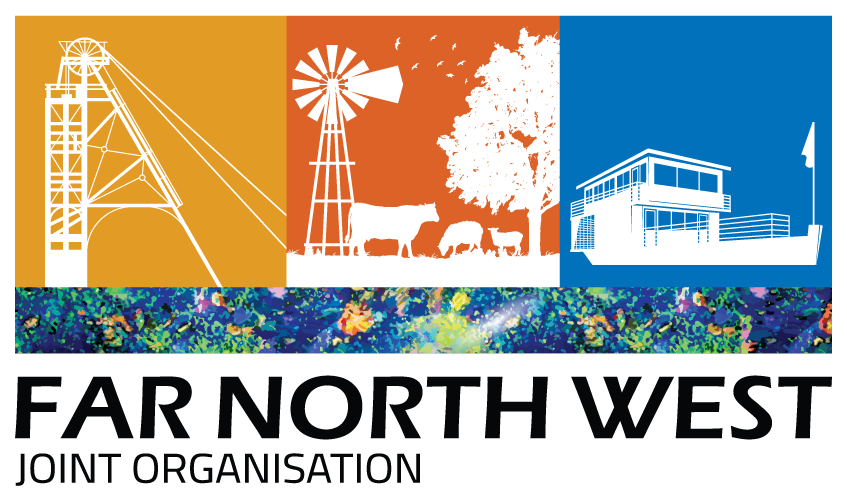Joint Organisations (JOs) are new local government entities with legal powers to support councils to work together for better rural and regional outcomes. They are an important initiative to build stronger councils and improve service delivery and infrastructure across rural and regional communities.
Joint Organisations will enhance the way local and state governments work together to plan and deliver important regional infrastructure and investment.
How will Joint Organisations operate?
The operation and priorities of each Joint Organisation are determined by a Joint Organisation board, which comprises voting and non-voting representatives.
The voting members of a Joint Organisation are representatives of member councils. A NSW government employee nominated by the Secretary of the Department of Premier and Cabinet also sits on each Board as a non-voting representative.
Joint Organisations will elevate the shared priorities of member councils’ strategic plans, programs, priorities and policies to perform three principle functions in their region:
• Strategic planning and priority setting
• Intergovernmental collaboration
• Shared leadership and advocacy
Each Joint Organisation will define their priorities into a Statement of Strategic Regional Priorities and will report annually on progress in regard to those priorities.
Legislative context
In 2017, amendments to the Local Government Act were passed to enable Joint Organisations to be established. These amendments also provide the basic operating framework for Joint Organisations. Regulations to support amendments to the Act have also been developed. These Regulations are ‘light touch’ and provide flexibility for Joint Organisations to focus on core business and build organisations that reflect the unique characteristics of their region.New Paragraph
